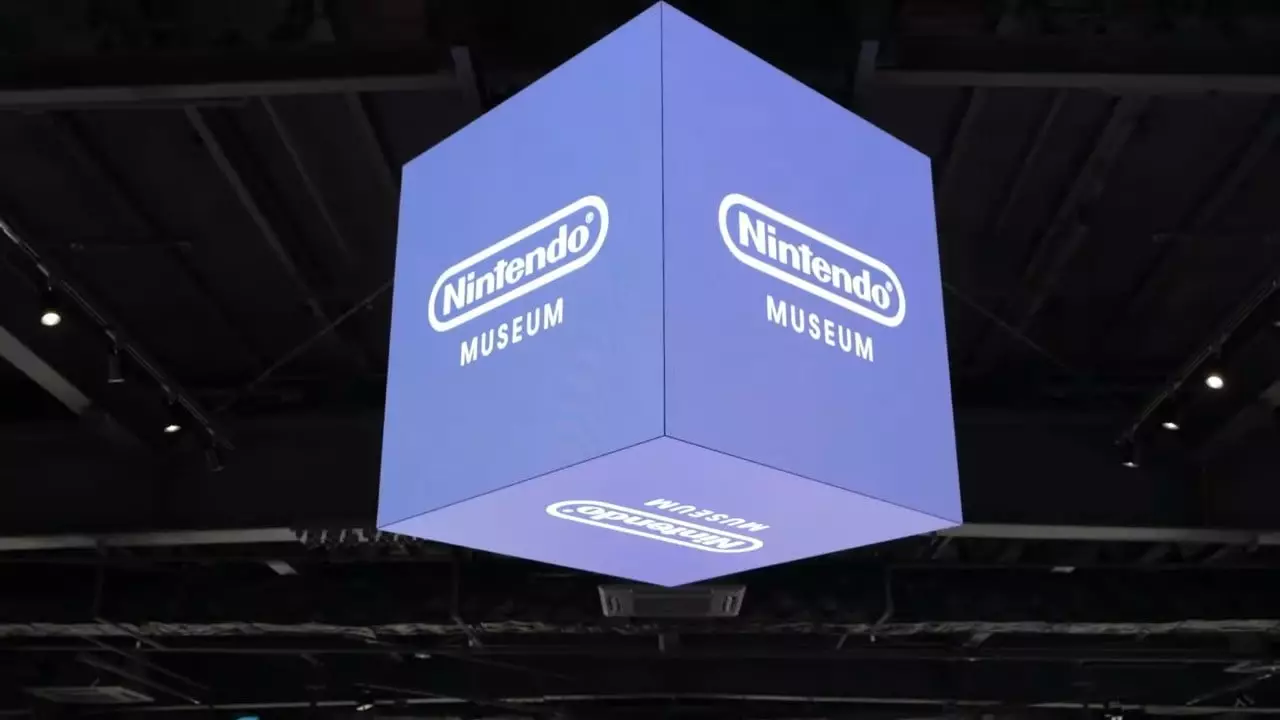This week marks a significant milestone in the world of gaming history with the grand opening of the Nintendo Museum in Japan. Nestled in the heart of Kyoto, this innovative space aims to deepen the connection between fans and the storied legacy of Nintendo, a brand that has shaped the landscape of video gaming for decades. As the doors swing open, impressions from various media outlets provide an insightful lens through which to view this unique establishment. While opinions vary, common themes arise, highlighting both the enchantment and shortcomings of the experience.
Critics have shared their thoughts, with IGN describing the museum as “light on history but big on fun.” This comment captures the duality of the experience: while the museum boasts an impressive exhibition space and whimsical activities reminiscent of Nintendo’s vibrant world, it falls short in delivering a robust historical narrative. For visitors seeking an immersive recount of Nintendo’s inception and evolution, the museum may feel somewhat superficial. The sentiment resonates with casual gamers while potentially disappointing hardcore historians.
Forbes, on the other hand, echoed sentiments of delight, calling it “thoroughly magical.” The nostalgic charm is reinforced by meticulous details, like the pristine game boxes from various regions. These small artifacts, complete with vintage price stickers, beautifully encapsulate the spirit of gaming nostalgia. The inclusion of these elements serves a dual purpose—offering a peek into the gaming past while simultaneously acknowledging the imperfections of collecting, which adds a layer of authenticity to the museum experience.
The Guardian reflects on the powerful nostalgia embedded within the museum. The museum is not just a collection of artifacts; it’s a journey through cherished memories. Details such as Pikmin playfully concealed in corners and Excitebike motorcycles edging down the staircase railings further enhance the sentimental experience. For those with even the faintest emotional attachment to Nintendo, the effort to secure a ticket—currently accessible through a lottery system months in advance—might well be worth it.
Conversely, the Japan Times raised valid concerns regarding the lack of explanatory material accompanying the exhibits. While the museum encourages visitors to forge personal connections with the displays, it risks leaving out significant stories and contributions of pivotal figures such as Shigeru Miyamoto. The absence of comprehensive narratives may alienate visitors who desire a more thorough understanding of the company’s creative genius and historical context.
The Verge highlighted an aspect perhaps missed by some—while the museum successfully encapsulates Nintendo’s playful aesthetic, it often refrains from exploring the intricate history behind its success. This critique points to a missed opportunity for a deeper engagement with the storyline of Nintendo, including the challenges and triumphs that have defined the brand’s legacy. The museum presents a polished image, yet it could benefit by inviting visitors on a more profound retrospective journey.
In a more positive light, GameSpot suggested that the experience at the Nintendo Museum largely depends on individual perspectives. Fans who arrive with a wealth of knowledge are likely to find moments that resonate profoundly with their lifelong attachment to the brand. The emotional connection may vary, but for those genuinely invested in Nintendo, the museum provides a profound and touching experience—a celebration of not just the games, but what they represent in the collective memory of fans.
The Nintendo Museum presents a mixed bag of delight and disappointment. It is a shrine to nostalgia, a playground for the pixels of yesteryear. While it may lack the comprehensive historical narratives some fans yearn for, it undeniably captures the spirit of what Nintendo represents. For many, visiting the museum will serve as a chance to rekindle fond memories of gaming adventures. The drive to Kyoto for a journey into this world of wonder seems like a worthwhile endeavor for dedicated fans eager to celebrate the magic of Nintendo, even amid its imperfections. Are you ready to embark on your own nostalgic journey?

